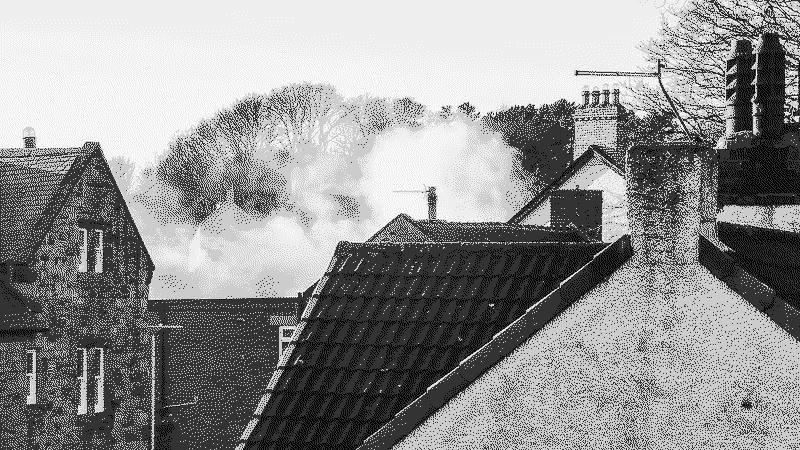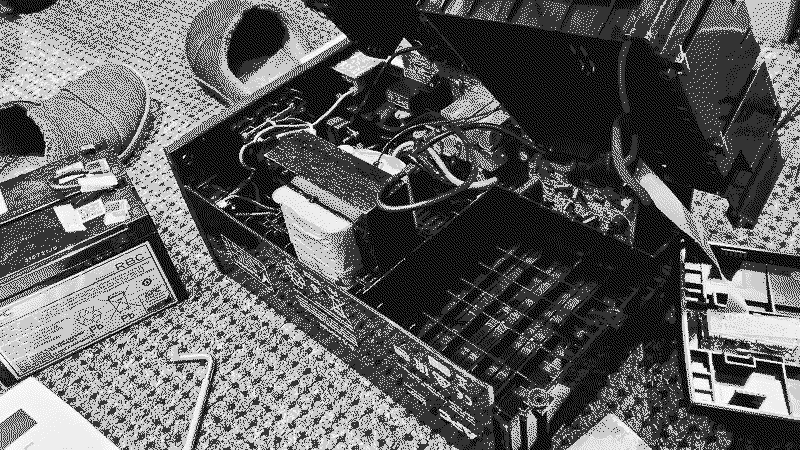Weeknote 08/2022

I’m sitting down to write this on Saturday morning. I’ve done nine days straight of 5k runs on the treadmill at the gym, followed by straight-arm pull-ups. I can see my body shape changing before me, which is a good job as (what I was calling) ‘Medium Covid’ was catching up with me around the midriff.
It’s been half-term for the kids this week, and the stormy/windy weather has meant that all of their outside organised activities have either been cancelled, or weren’t on because it’s the school holidays. So they’ve been around a lot while Hannah and I were ostensibly trying to work and have only a couple of days off each. In the end, I averaged about thee hours per day over quite a range of things, as you can see from my Toggl summary below:

Our son had his second vaccine this week, which we’d purposely scheduled for the holidays after the reaction his body had to it last time. While it wasn’t quite so bad this time, he still had a temperature of 38.7 C and was physically shaking during the night. The week before he’d gone into shock after a repeat injury to his neck/shoulder. Parenting, eh? 🙄
The trouble with not taking off half-term with your kids is that it ends up being the worst of both worlds. I’m not available in large chunks of time to be able to take them places and do interesting things. But neither am I doing enough work to really make it worthwhile.
I think part of the problem is that I’m experimenting with a new ‘shape’ to this year in terms of my work. A different working pattern, if you will. The idea is that I’ll take a month off after every three — so April, August, and December. Realistically, I think that month might be shaved down to three weeks, and I’ll take a week at every half-term.
My sister was up with my niece and nephew this week. We don’t see them often enough, so it was good to hang out with them for a while. I also caught up with a couple of people via Zoom that I haven’t spoken to for a while. They’re both Twitter OGs back from when there was a group of us teachers changing the world through the judicious use of technology. One of them, like me, moved out of teaching a few years ago, and the other is just about to, it seems.
One thing that’s been on my mind quite a lot this week (again!) is logistics for my upcoming trip to the Netherlands. After a lot of thought and, of course, a spreadsheet I’ve worked out that it makes no sense for me to get the ferry instead of fly. I acknowledge and am concerned about the climate emergency, but I’m not spending an extra couple of nights away from my kids for the sake of a few kilograms of CO2. That might sound flippant, but actually the decision has caused me some angst.
We’ve got a gloriously free weekend, so my wife is shopping, our son is volunteering as a steward for the local park run as part of his DofE, and our daughter… is re-watching Paddington 2. I’m writing this weeknote, and then I’ll be putting together this month’s edition of Thought Shrapnel.
We’re planning a bit of a kickabout this afternoon, followed by the usual homemade pizza tonight. Tomorrow, we’re booked into a new place for Sunday lunch where you need reservations well in advance. We’ll then relax watching the cup final between Liverpool and Chelsea as the other three members of my immediate family support Liverpool; I’m neutral.
Next week, the kids are back to school, it’s Shrove Tuesday (pancake day!) and I start my Tethix course on tech ethics, which runs from 20:00 to 23:00 local time. Given I try and be in bed by 22:00 most days, I may be tired on Wednesday mornings over the next few weeks…
Photo taken from our bedroom window. I never did figure out where the smoke came from…


